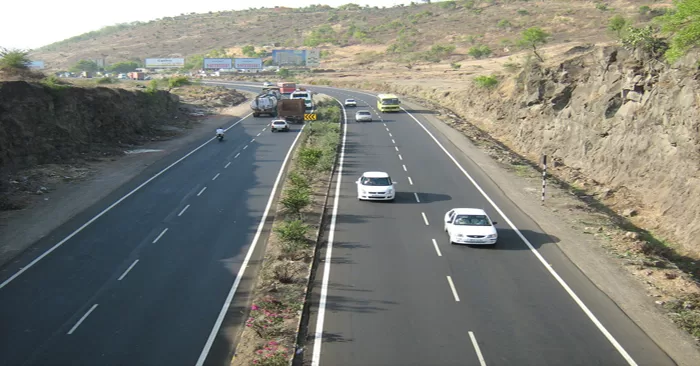In a significant development, the National Highways Authority of India (NHAI) has unveiled plans to construct a 5.2-kilometer elevated road, stretching from near the Swaminarayan Temple to Warje. This project aims to address the long-standing issue of the steep slope along the Katraj-Dehu Road bypass, which has earned the infamous reputation of being a “killer road” over the years.
According to Bharat Todkari, a consulting engineer from the NHAI‘s Pune division, a comprehensive report for this project, valued at Rs 4,200 crore, has been meticulously prepared. “The project encompasses various facets, including the construction of an elevated road extending all the way to the Warje flyover. Once this elevated road becomes a reality, it will effectively resolve the slope-related problems,” noted the NHAI official.
The safety of motorists traveling along the Katraj-Dehu Road bypass, which was constructed approximately three decades ago, has been a cause for concern. Experts in urban planning and road infrastructure believe that inadequacies in infrastructure and fundamental design have been primary contributors to accidents on the bypass, particularly along the Katraj-Navale Bridge tunnel section.
The NHAI’s decision to address this issue coincides with the prevailing sentiment among experts that the most viable solution would involve either constructing an alternative bypass with well-planned service roads or an elevated bridge.
The NHAI official mentioned that while the detailed project report for the 5.2-kilometer elevated road, starting from near the Swaminarayan Temple and ending at Warje, is complete, it is currently undergoing scrutiny. “The actual construction work will not commence immediately. The detailed project report (DPR) is in the process of refinement and enhancement. Once all relevant departments and the ministry grant their approval for the report, funds will be allocated for the project. Subsequently, tenders will be floated, and work orders will be issued. The construction is expected to take at least three years to complete from the commencement date,” explained the official.
Once the elevated road is operational, the plan is to reroute all heavy vehicles through this new road. “Given the elevated nature of the road, the issue of a slope will not arise. The existing road will be utilized for other vehicles, including cars and two-wheelers. Local residents can continue to use the existing road,” clarified the NHAI official.
Accidents have remained a persistent concern on the current road, especially from the exit of the Katraj tunnel towards the Bengaluru side to Navale Bridge. While efforts have been made to mitigate accidents, another NHAI official stated that there are limitations to what can be done. “There isn’t much left to do in terms of infrastructure changes. However, we continuously monitor the situation and introduce safety measures. A police post has been established, and various safety features such as rumble strips, warning signs, and speed cameras are in place. We have a system that informs drivers about the live speed of vehicles. There are ample warning signs to promote safe driving. The emphasis is now on responsible and cautious driving,” the official added.
Local residents and transporters, however, remain dissatisfied and unconvinced by these measures. Baba Shinde, the President of the Maharashtra Transport Vehicles Owners and Drivers Association, suggested, “The road was constructed improperly, as acknowledged by many experts and engineers. If the new road is built, it will take a considerable amount of time, perhaps five to six years or even more. Instead, why can’t NHAI engage experts from across the country and utilize the funds to elevate the existing road?”
Gamukh Kanade, a local businessman from Narhe, expressed his concerns, saying, “Although they have taken several measures such as installing signs and rumble strips, accidents are still occurring, resulting in loss of lives. If the road was initially constructed properly, there would have been no need to address the slope issue.”


